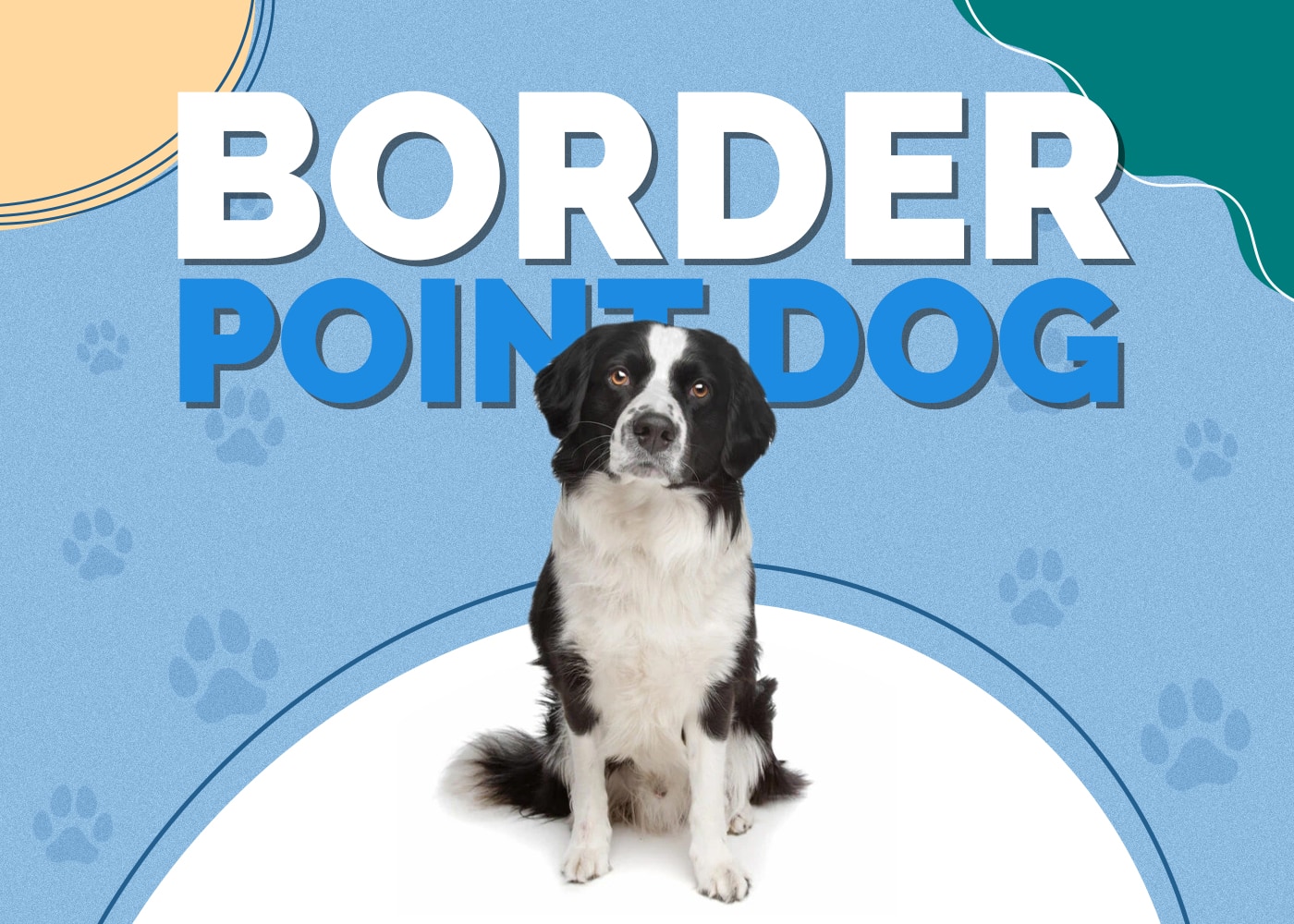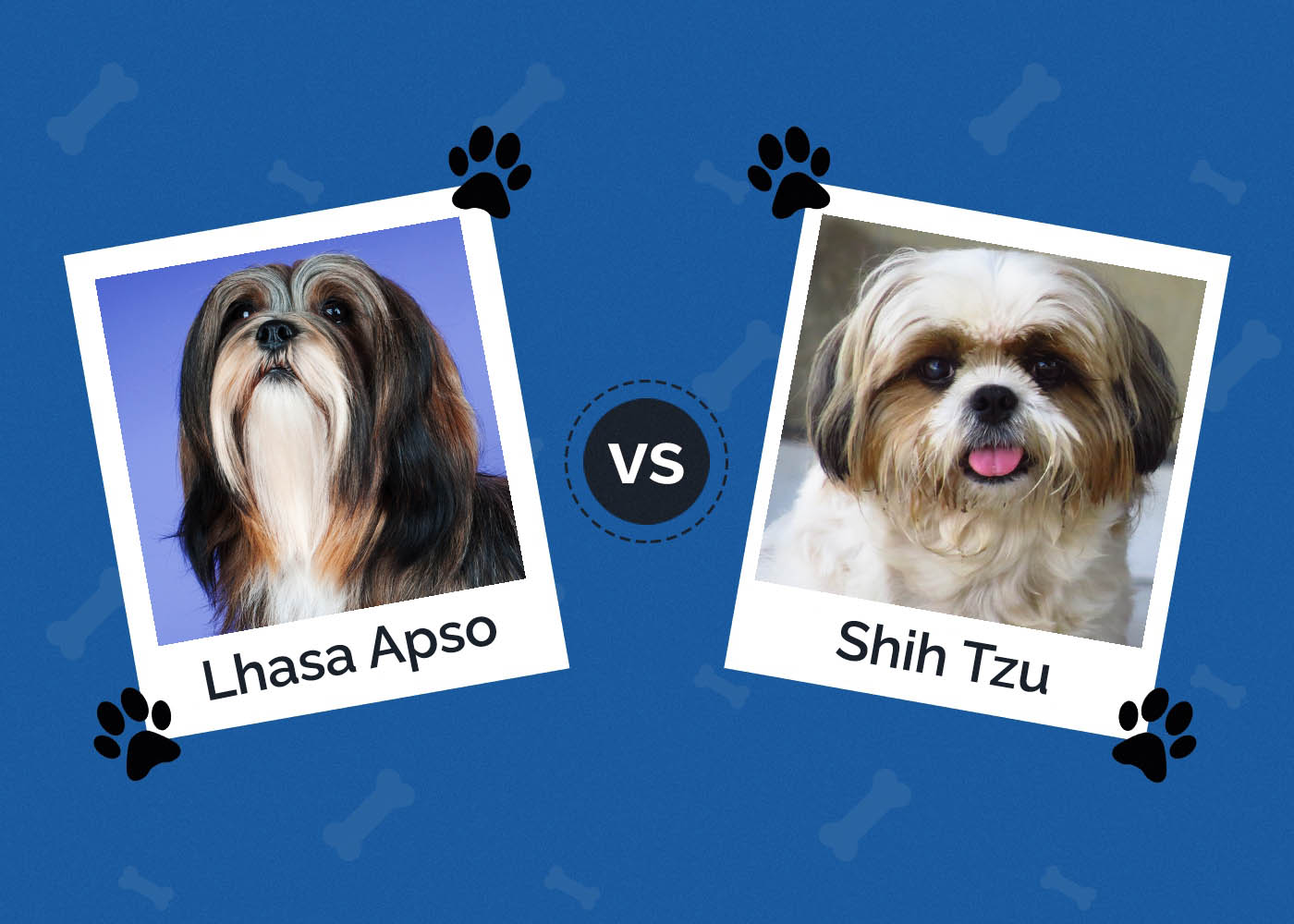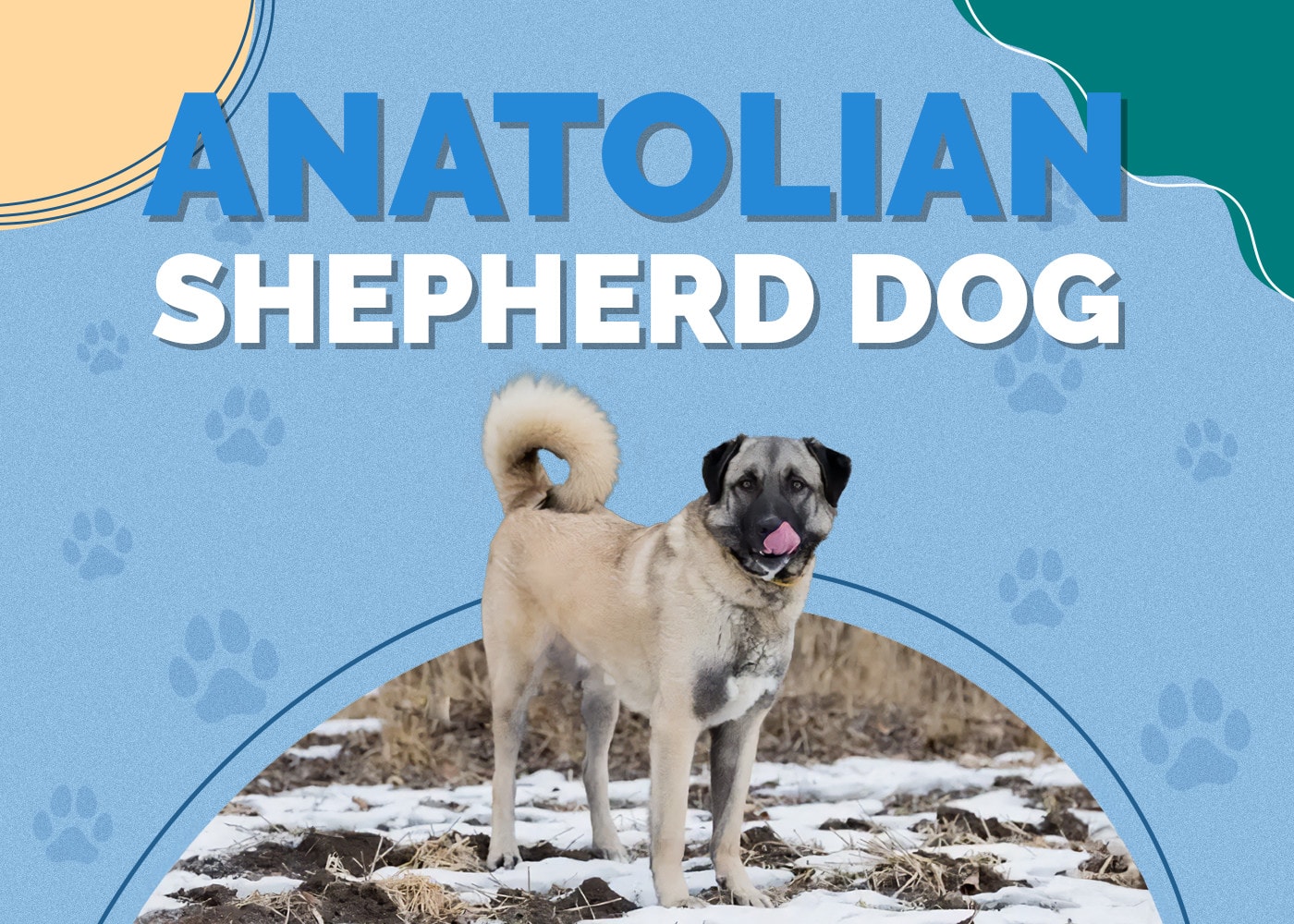Red Maltipoo: Facts, Origin & History (With Pictures)

Updated on
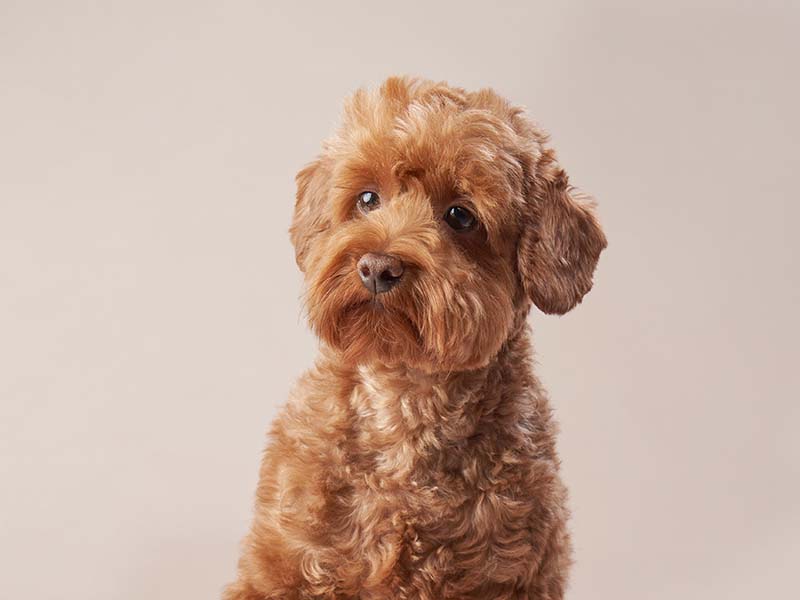
Maltipoos have exploded in popularity recently due to their sweet natures and tiny, puppy-like statures. Potential owners usually pay a premium for them, even more so for the coveted red Maltipoo. This article looks at the russet-colored dogs and how they came to be; read on to find out how special the red Maltipoo really is.
The Earliest Records of Red Maltipoos in History
Red Maltipoos have been around as long as the Maltipoo cross-breed has. It’s tricky to determine their origin point, but we know they originated sometime in the last 30 years in the USA. The breed was created to be a sweet-natured, small, and beautifully coated companion dog bred from a Maltese and a Toy Poodle. Both are old breeds with rich history; to better understand the Maltipoo, we have to take a closer look at the origins of its parent breeds: the Maltese and the Poodle.
Maltese
The earliest record of the Maltese type is placed at around 500 BC. Art on an amphora (a vase) of Ancient Greek origin is thought to reference this sweet breed. However, other references to these dogs’ origins in Malta (giving them their name) were made by ancient Greek and Roman texts.
The modern Maltese has much more recent origins. A painting by Edwin Landseer completed in 1837 displayed tiny white dogs closely resembling Maltese. Queen Victoria commissioned these for the Duchess of Kent, who owned the dog in the picture. Shortly after these paintings were completed, London dog lovers began importing Chinese Spaniels for cross-breeding with pugs or bulldogs. As a result, markets soon began to sell Maltese dogs.
The first American Kennel Club dog show in New York City featured a Maltese Lion Dog in 1877, which then was crossed with Poodles, effectively creating the first Maltipoos.
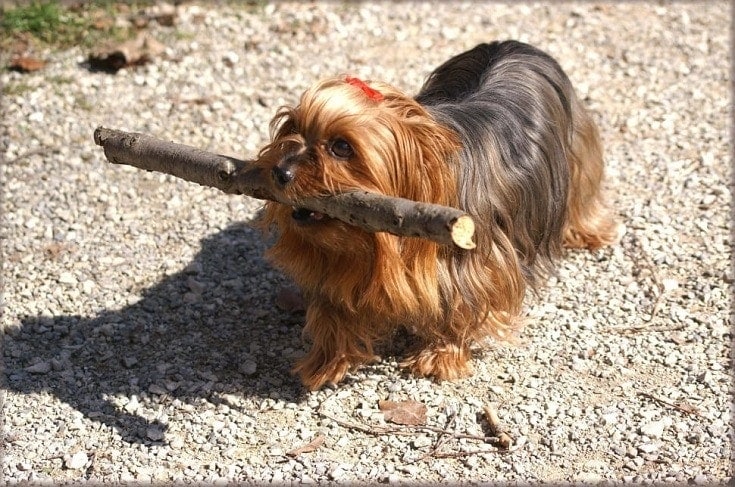
Poodle
Poodles are thought to have originated in Germany in the 17th century, where they were established as working water dogs. Some clubs believe Poodles originated in France, but in both countries, they were used for the same job: water retrieving.
The Miniature Poodle was first mentioned around 1900, and they were often used as circus performers. The breed was known as the Toy Poodle until 1907 and was bred to be more easily transported with circuses to perform tricks.
The Toy Poodle emerged at the beginning of the 20th century after a few hiccups with physical and behavioral health problems. Colored Poodles are common throughout history, but they lost their popularity in the early 1900s, making red Poodles (and subsequently, Maltipoos) sought after now.
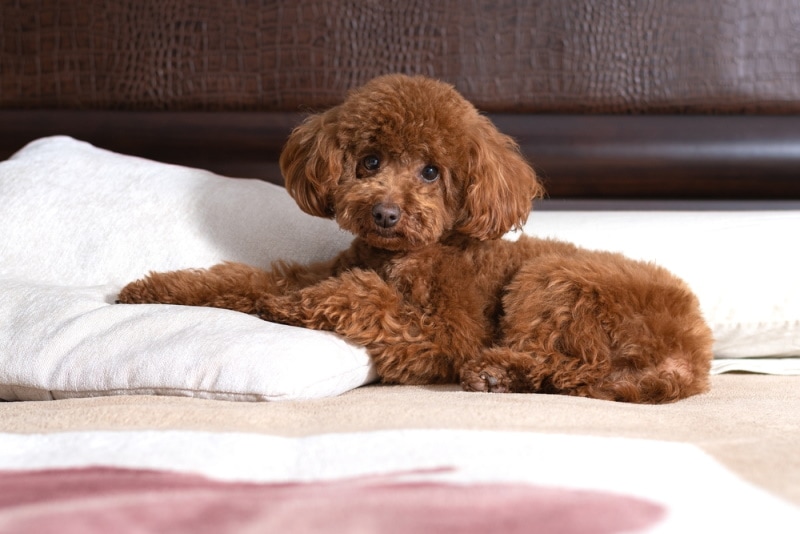
How Red Maltipoos Gained Popularity
The Maltipoo’s breed reputation was a key part of its explosion in popularity. The parent breeds of the red Maltipoo both have excellent temperaments, and Maltipoos were bred to be just as small as but less hyperactive than other toy dog breeds.
Red Maltipoos are known for having excellent temperaments, being good with children, and being highly intelligent. They are also considered hypoallergenic. While no dog is truly hypoallergenic, the Maltipoo’s curly fur and lower shedding rate can make them ideal for those with dog allergies.
The striking color and the teddy bear-like face of the red Maltipoo have seen its popularity skyrocket in the last 20 years. Maltipoos are one of the most popular designer dogs, and red Maltipoos are often on long waiting lists as it’s a very rare color.
Celebrities that are Maltipoo owners also bring attention to the breed. Celebrities that own them include Rihanna, Ellen DeGeneres, and Miley Cyrus.
Formal Recognition of Red Maltipoos
The red Maltipoo is not recognized by any clubs since they don’t officially have their own breed. However, increasing popularity in recent years could mean that they will have breed status soon, along with other designer dogs.
Clubs and associations have recognized the parent breeds for a long time. The Maltese breed was recognized by the UK Kennel Club in 1874, followed by the American Kennel Club in 1888, and the FCI (Fédération Cynologique Internationale, an international kennel club) in 1955.
The UK Kennel Club first recognized the Poodle in 1874, followed closely by the American Kennel Club in 1887. The AKC didn’t recognize red Poodles until 1980, but the FCI doesn’t allow red poodles to be shown.
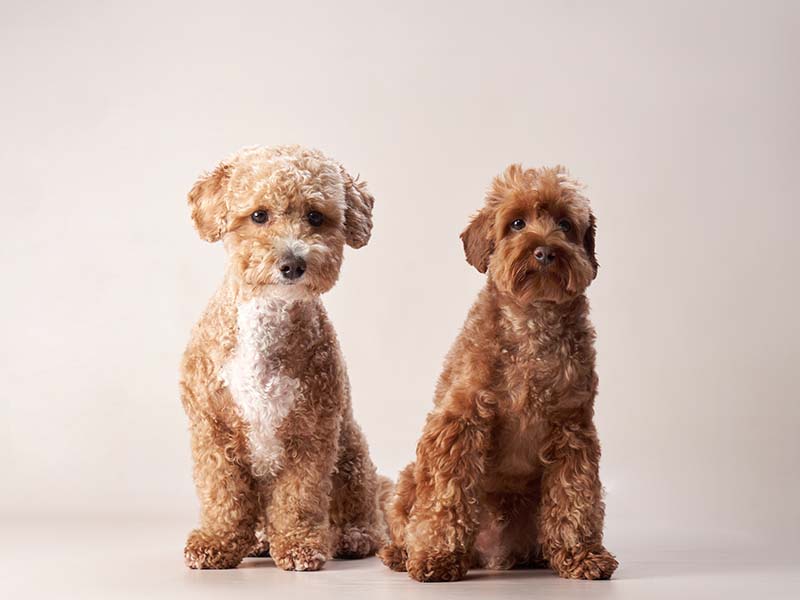
Top 5 Unique Facts About Red Maltipoos
1. Red Maltipoos Are Considered Hypoallergenic
Red Maltipoo coats have a longer shed cycle and tight curls if they inherit the curly trait from their Poodle parent. This means they shed less dander and fur as it’s all held in the coat. While these coats need a lot of grooming, they are less likely to cause allergic reactions in people with dog allergies. However, remember that no dog is truly hypoallergenic.
2. Red Maltipoos Can Have Varying Coat Types
Depending on which coat the red Maltipoo has inherited from its parents, it can inherit the more silky fur of its Maltese parent or the tight curly coats of its Poodle parent. Maltipoo coats can also be wavy or wiry, or a mix of both, and the type depends on which inherited genes are more dominant. The Maltese and Poodle are single-coated dogs that tend to shed less than other breeds. However, a red Maltipoo with a wavy or silky coat might shed more fur and dander, making them less suitable for people with allergies to dogs.
3. They Are Known as the Perfect Lap Dogs
Red Maltipoos are calm, attentive, and intelligent pets, but they can still be independent with good socialization. They are gentle and affectionate and get very attached to one person. They have balanced temperaments and always enjoy what life gives them, wanting to learn and thrive alongside their owners. They are one of the most popular designer dog breeds and are known for being perfect lap dogs for all kinds of owners.
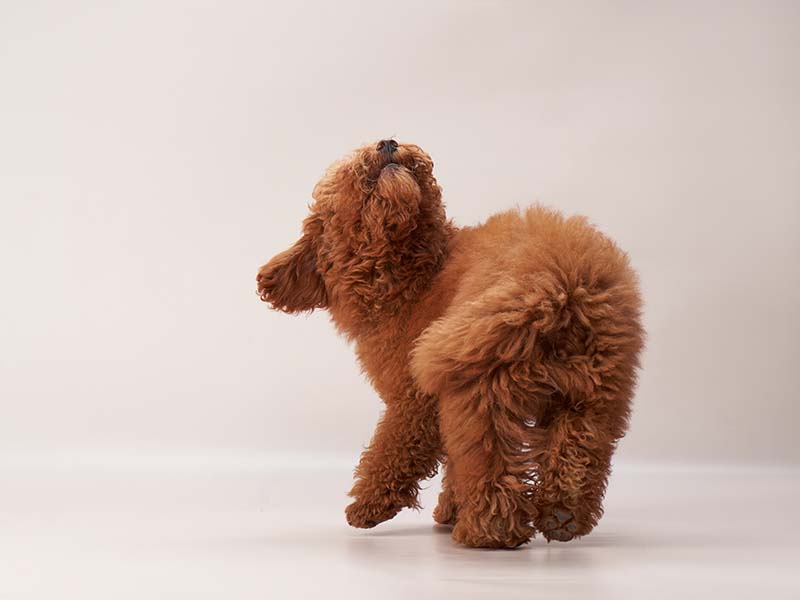
4. Red Maltipoos Are Known for Being Barkers
Red Maltipoos have been known to bark more than other breeds. They are very attached to their owners, and they can bark for different reasons, including:
- To alert people to strangers
- Because of anxiety (including separation anxiety)
- To express emotion
Luckily, red Maltipoos are intelligent, so they’re very receptive to training.
5. They’re Rare
Red Maltipoos are considered rare, as the colors inherited from their Poodle parent will usually be diluted in a 50/50 split with the white of their Maltese parent. Apricot is a much more common color, which is a light red.
Does a Red Maltipoo Make a Good Pet?
Red Maltipoos make excellent pets for people of all ages! They’re great with kids, but they still need supervision around children (particularly small children). Maltipoos are such small dogs that a child can easily hurt them by mistake. They are adaptive and well suited to apartment or spacious home living as they are small but full of energy. They still need plenty of exercise, so hikers can find a great companion. Just be prepared to carry them if they get tired!
The red Maltipoo is intelligent and receptive to training, making them a great choice for those wanting to enter shows or obedience classes. However, Maltipoos require lots of interaction and don’t do well if left alone. They may not be great pets for those who have to leave home for long hours.
Conclusion
Red Maltipoos are beautiful dogs that have gained enormous popularity over the last few years. They are popular with celebrities and families due to their beautiful coat color, even temperament, and intelligence. They may soon have their own place in history books if the Maltipoo breed gets recognized. If you want to turn heads, a red Maltipoo is the pup for you. These unique little dogs make great all-around pets for nearly every home.
Featured Image Credit: dezy, Shutterstock




